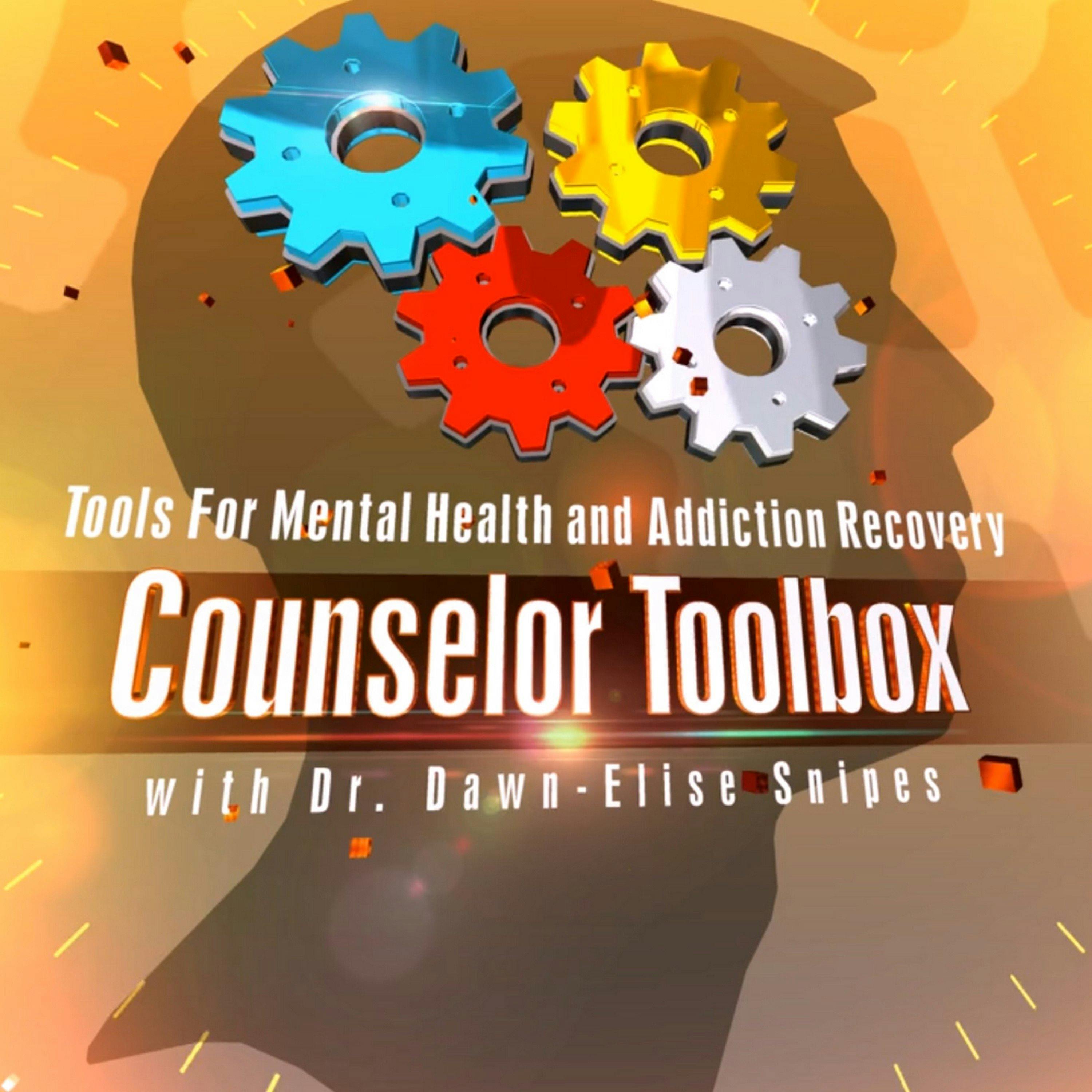Motivating People for Change with Screening and Engagement
Description
1. Introduction
Topic: Screening in Behavioral Health
Presenter: Dr. Dawn-Elise Snipes
Focus: Understanding the purpose, instrument selection, and information gathering in the screening process.
2. Definition and Purpose of Screening
Screening Defined: A process to review current situations, symptoms, and collateral information to assess the probability of a problem.
Key Points:
Screening is not a diagnosis.
Can be performed by various professionals, including HR officers, pastors, nurses, doctors, and pharmacists.
Purpose:
Determine eligibility and appropriateness for services.
Assess immediacy of need (e.g., detoxification for substance abuse).
3. Transparency and Informed Consent
Importance of Transparency: Clients must understand the screening process.
Informed Consent: Verbal consent is required before conducting a screening.
4. Screening Process
Engagement: Screening is the first opportunity to engage the person in the therapeutic process.
Types of Screening:
Physical and Mental Health: Screening for issues like diabetes, skin cancer, depression, etc.
Risk and Safety: Assessing the risk of harm to self or others.
5. Screening Tools and Techniques
Screening Instruments: Various tools available, such as CAGE for alcohol use, and others for mental health and substance abuse.
Observation: Non-verbal cues and physical signs (e.g., intoxication, withdrawal) are crucial.
Interviewing: Direct questions to the client or significant others for additional context.
6. Importance of Multi-Disciplinary Collaboration
Collaboration Across Professions: Ensures comprehensive care by involving multiple professionals (e.g., doctors, counselors).
Referral to Specialists: If screening indicates a need for further evaluation, referrals are made to appropriate specialists.
7. Cultural and Socioeconomic Sensitivity
Considerations: Screenings should be sensitive to cultural, socioeconomic, gender, and other personal factors.
Customizing the Approach: Tailor the screening environment and process to the individual's background and needs.
8. Addressing Stigma
Stigma Awareness: Acknowledge and address any stigma associated with mental health, substance use, or seeking help.
Cultural Beliefs: Work within the client's cultural context to reduce stigma and promote engagement.
9. Screening as an Ongoing Process
Continuous Engagement: Screening is not a one-time event but part of ongoing assessment and engagement.
Use of Ancillary Information: Gathering additional information from multiple sources to support screening conclusions.
10. Practical Considerations in Screening
First Impressions: Professional presentation, punctuality, and courtesy are essential in the initial screening.
Environmental Factors: Ensure the screening environment is welcoming, calm, and sensitive to the client’s needs.
Client Empowerment: Involve the client in decision-making and ensure they feel respected and heard.
11. Screening Outcomes and Next Steps
Interpreting Results: After screening, determine the appropriate next steps, whether it involves further assessment or immediate intervention.
Client Follow-Up: Engage with the client to ensure they follow through on referrals and recommendations.
Chapters:
00:00:00 - Purpose and Process of Screening
00:07:12 - The Importance of Wellness Screenings
00:14:50 - Importance of Screening
00:21:55 - Screening and Engagement
00:28:51 - Building Rapport and Providing Support
00:36:05 - Creating a Welcoming and Accepting Environment
00:43:07 - Factors impacting client engagement
00:50:13 - Establishing Trust and Developing Rapport
00:56:54 - Screening for Mental Health
01:03:34 - Addressing Underlying Issues
Learn more about your ad choices. Visit megaphone.fm/adchoices
More Episodes
Learn more about your ad choices. Visit megaphone.fm/adchoices
Published 11/21/24
Published 11/21/24
Introduction
Presenter: Dr. Dawn-Elise Snipes discusses helping families navigate life transitions using the Flower Empower Model.
The focus is on understanding how various transitions impact both individuals and families, emphasizing the importance of supportive partnerships between...
Published 11/19/24


